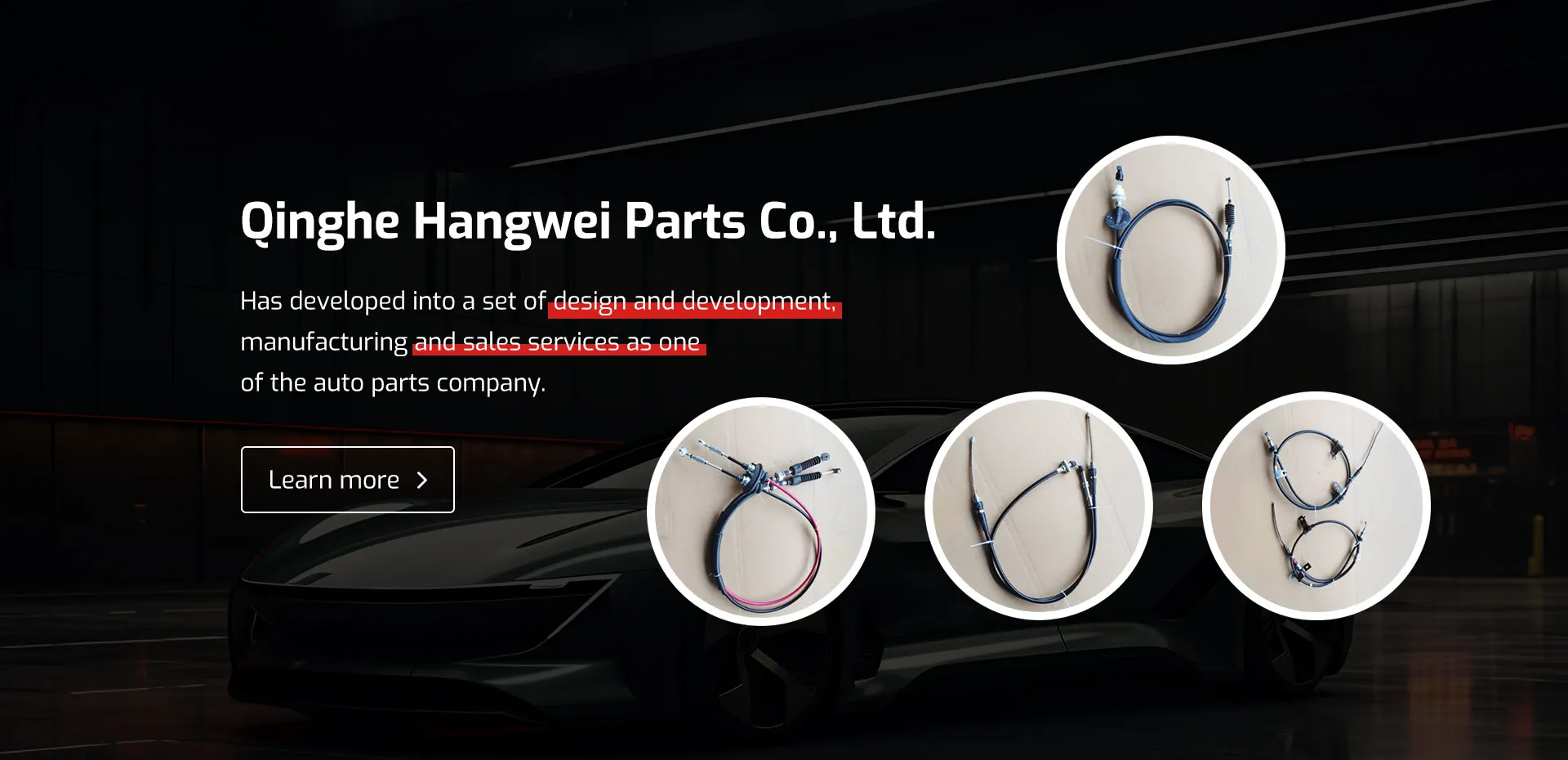hydraulic clutch line
Understanding Hydraulic Clutch Lines An Essential Component for Smooth Gear Shifting
In the world of automotive engineering, the hydraulic clutch line is a vital component that plays a crucial role in the operation of manual transmission vehicles. This system is designed to enable smooth engagement and disengagement of the clutch, allowing drivers to shift gears seamlessly. Understanding the function and significance of hydraulic clutch lines is essential for anyone interested in the mechanics of cars, especially those who enjoy driving manual vehicles.
A hydraulic clutch line is typically made of high-pressure rubber or stainless steel, designed to withstand substantial pressure generated during the operation of the clutch. It connects the clutch master cylinder, located near the driver's foot pedal, to the clutch slave cylinder, which is attached directly to the clutch assembly. When the driver presses the clutch pedal, the master cylinder generates hydraulic pressure that travels through the clutch line to the slave cylinder, which in turn disengages the clutch. This process allows the driver to change gears smoothly without the grinding noise that can occur when shifting improperly.
One of the primary benefits of a hydraulic clutch system is its ability to provide a more responsive feel compared to traditional cable-operated clutches. The hydraulic system requires less effort to engage and disengage the clutch, making it advantageous for performance vehicles and daily drivers alike. Additionally, because the hydraulic system is sealed, it minimizes the likelihood of wear and tear that can occur with mechanical components like cables.
hydraulic clutch line

However, like any other vehicle component, hydraulic clutch lines can face issues over time. Leaks in the system can lead to a loss of hydraulic fluid, resulting in reduced pressure and an inability to disengage the clutch properly. Drivers may notice hard shifting or a stiff pedal feel, which are signs that the clutch line needs inspection. Regular maintenance, including checking for leaks and replenishing hydraulic fluid, is essential for ensuring the longevity and functionality of the hydraulic clutch system.
In addition to routine maintenance, it's important to use quality components when replacing any parts of the hydraulic clutch line. Upgrading to stainless steel lines can enhance durability and performance, particularly in high-performance applications. These lines resist expansion under pressure, improving the overall responsiveness of the clutch system.
In conclusion, the hydraulic clutch line is a fundamental component of manual transmission cars, facilitating smooth gear changes and enhancing the driving experience. Understanding its function and maintenance can help drivers keep their vehicles in top condition. Whether for daily use or performance purposes, ensuring the integrity of the hydraulic clutch line is crucial for safety and performance on the road. By staying informed and proactive, drivers can enjoy the full benefits of their manual transmission vehicles for years to come.
-
Workings of Clutch Pipe and Hose SystemsNewsJun.04,2025
-
The Inner Workings of Hand Brake Cable SystemsNewsJun.04,2025
-
The Secrets of Throttle and Accelerator CablesNewsJun.04,2025
-
The Hidden Lifeline of Your Transmission Gear Shift CablesNewsJun.04,2025
-
Demystifying Gear Cables and Shift LinkagesNewsJun.04,2025
-
Decoding Clutch Line Systems A Comprehensive GuideNewsJun.04,2025
